When you think about Apple's incredible business transformation over the past decade, it's hard not to be impressed by the numbers. The company has quietly built what might be the most successful services business in tech history, and now that it's reached the $100 billion annual milestone, we're seeing just how powerful this shift really is.
Here's what makes this so remarkable: Apple's Services division doesn't just generate massive revenue, it does so with an impressive 74% gross margin that significantly outpaces the company's 46.2% overall gross margin. Those margins make Services not just profitable, but essential to Apple's financial health, which is why the mounting legal pressure is so concerning. No wonder it is a Wall Street favorite. We are talking about consistent, subscription-based revenue that hardware sales can't match for predictability.
And here is the rub: that remarkable growth story is running into legal battles that could rewrite how Apple monetizes its ecosystem.
The $100 billion milestone: a decade of phenomenal expansion
Let's break down just how extraordinary this growth has been. When Apple first disclosed Services revenue in December 2014, the division generated just $4.8 billion. Back then it felt like a side hustle. Fast-forward to today, and we are looking at Services revenue hitting nearly $25 billion in a single quarter, a 12% year-over-year increase and another record high.
That is not just growth, it is a transformation. Services has gone from minor line item to Apple's second-largest segment, trailing only iPhone sales. To put it in perspective, Apple's Services business alone would rank around 40th on the Fortune 500 if it were a standalone company, surpassing Morgan Stanley and Johnson & Johnson.
The trajectory tells a story of sharp execution. From 2016 to 2021, the unit delivered consistently high growth, peaking at 27.3% annually. Growth has since moderated to roughly 9 to 12% a year. That is the math of scale kicking in, not a sign of collapse. Still, it raises a fair question for investors who crave acceleration, how does Apple keep enthusiasm high as the law of large numbers settles in?
What's driving the Services success story?
The foundation is Apple's expanding ecosystem of deeply integrated devices and the recurring subscriptions they enable. Apple now operates over 2.2 billion active devices worldwide, a massive installed base that steadily feeds digital services.
Each service strengthens the others. iCloud storage makes switching costly. Apple Pay increases transaction frequency. Content subscriptions build emotional attachment that goes beyond utility. The company has built more than 1 billion paid subscriptions across its portfolio, and subscription growth is still running at double-digit rates year over year. That is a real shift in how people interact with their tech.
Services is also diversified, which adds resilience. There are App Store commissions, search licensing fees from Google that are reportedly worth around $20 billion annually, AppleCare warranties, iCloud storage, Apple TV+ content, Apple Pay transactions, and increasingly, the Apple One bundle that pulls multiple offerings together.
The result is simple. Buy an iPhone and you are not just buying hardware, you are stepping into an ecosystem that generates recurring revenue for years. Brilliant model. It has worked exceptionally well, until now.
Legal challenges threaten the golden goose
The legal challenges Apple faces are not one-offs. They fit into a broader push to rein in Big Tech's platform power across regions. In April 2025, Judge Yvonne Gonzalez Rogers found Apple in contempt of court for violating previous orders related to App Store payment restrictions. Not a slap on the wrist, a direct challenge to the business model.
The ruling stems from the Epic Games fight, and it effectively dismantles Apple's core App Store policy that required all digital purchases to run through Apple's payment system with a standard 30% commission. Immediate impact, US developers can now include external payment links without Apple collecting any fees.
This is not theoretical. Developers can embed external payment links inside apps, process payments through their own websites or third-party platforms, and offer lower prices outside the App Store without Apple's commission or related compliance fees.
The court also referred Apple to federal prosecutors for possible criminal contempt, citing evidence that the company internally instructed teams to preserve revenue streams despite court restrictions. Serious escalation, and a sign the pressure will persist.
The billion-dollar revenue risk
Now the numbers, because the financial implications are massive for Services. Industry analysts estimate potential losses of billions annually if major subscription platforms like Spotify, Netflix, or dating apps fully migrate to external billing.
These are not hypothetical paper cuts. At current trading multiples, an $11.6 billion annual revenue hit could shave $150 to $200 billion off Apple's market capitalization, changing its investment profile. Apple's internal documents from 2023 show the concern in plain language. The company anticipated revenue losses of "hundreds of millions to billions" annually if just 10 to 25% of transactions moved to commission-free external payments.
Here is the broader frame. App Store revenue, estimated at $14.5 billion quarterly, contributes roughly 60% of total Services revenue and carries exceptionally high margins compared to hardware. A conservative estimate suggests that if 20% of App Store transactions shift to off-app purchases, Apple could lose $11.6 billion annually. That is a big slice of Services and a meaningful hit to overall profitability.
The math is straightforward, the competitive impact is not. App Store commissions sit at the top end of Apple's margin stack, above even the Services average of 74%. Losing them hits the bottom line directly and gives rivals more oxygen to compete.
What this means for Apple's future
The $100 billion Services milestone is a triumph, but whether that curve keeps rising is now an open question. Because the regulatory shift is global, Apple cannot just tweak policy country by country. It needs a strategy that works across jurisdictions and still keeps the ecosystem coherent. With US legal precedents in motion and EU pressure through the Digital Markets Act, Apple's App Store economics may be entering a new phase.
Apple will not sit still. Its diversified Services portfolio, including Apple One bundles, expanding payment services, and other revenue lines, provides a buffer against App Store shocks. Realistically, though, it will be hard to fully offset major commission losses if developers move en masse to external billing.
So the next act is less about pure expansion and more about adaptation. Apple has a track record of pivoting when it counts. If I had to guess, the company will lean into bundles, deeper device tie-ins, and pricing creativity to hold the line.
PRO TIP: For investors, watch Apple's quarterly subscription growth and any commentary on developer adoption of external payments. Those are the early tells on financial impact.
The $100 billion milestone shows the force of Apple's ecosystem, but maintaining that trajectory now depends on navigating a thorny regulatory map and finding fresh ways to monetize a massive user base. It is a fascinating inflection point for one of tech's great business transformations, and Apple's response will define the next chapter.
Bottom line: Apple's Services success is both the pinnacle of ecosystem monetization and a cautionary tale about regulatory risk in platform businesses. The next few quarters will show whether this $100 billion juggernaut can adjust to the new rules, or if we are looking at the high-water mark of its exceptional growth story.




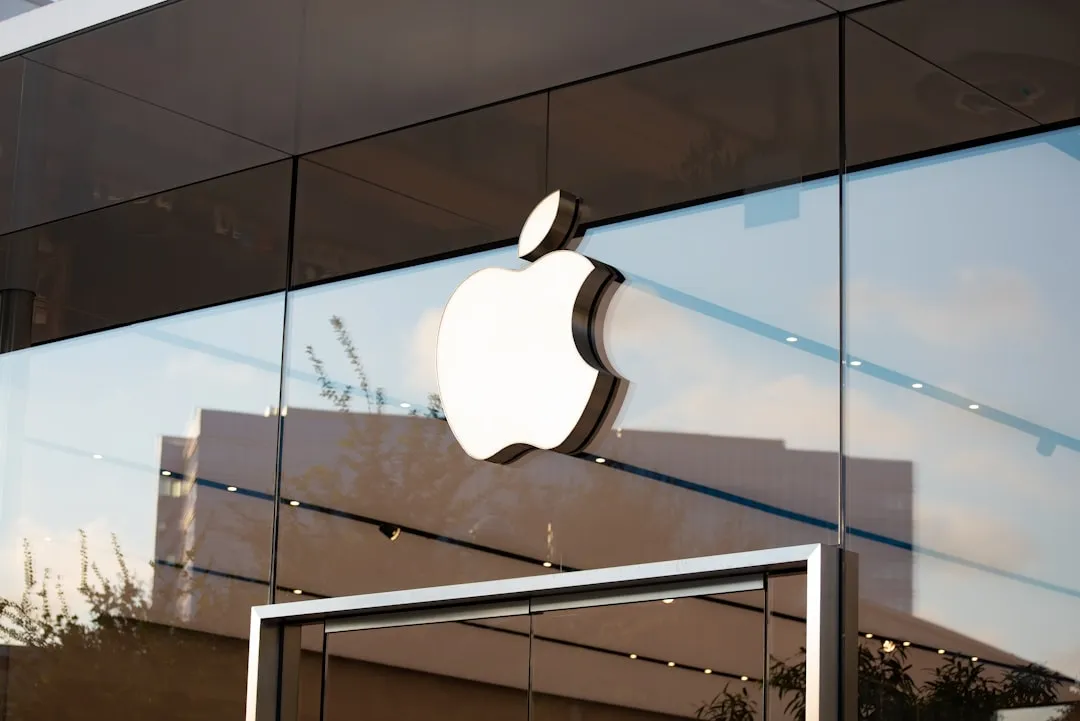







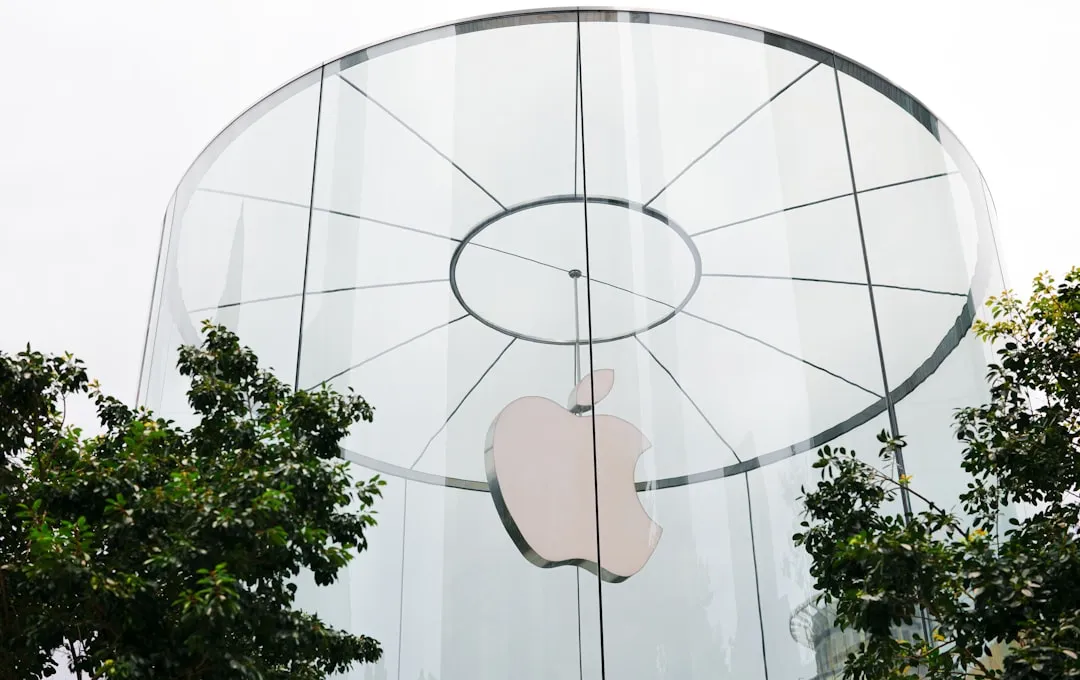
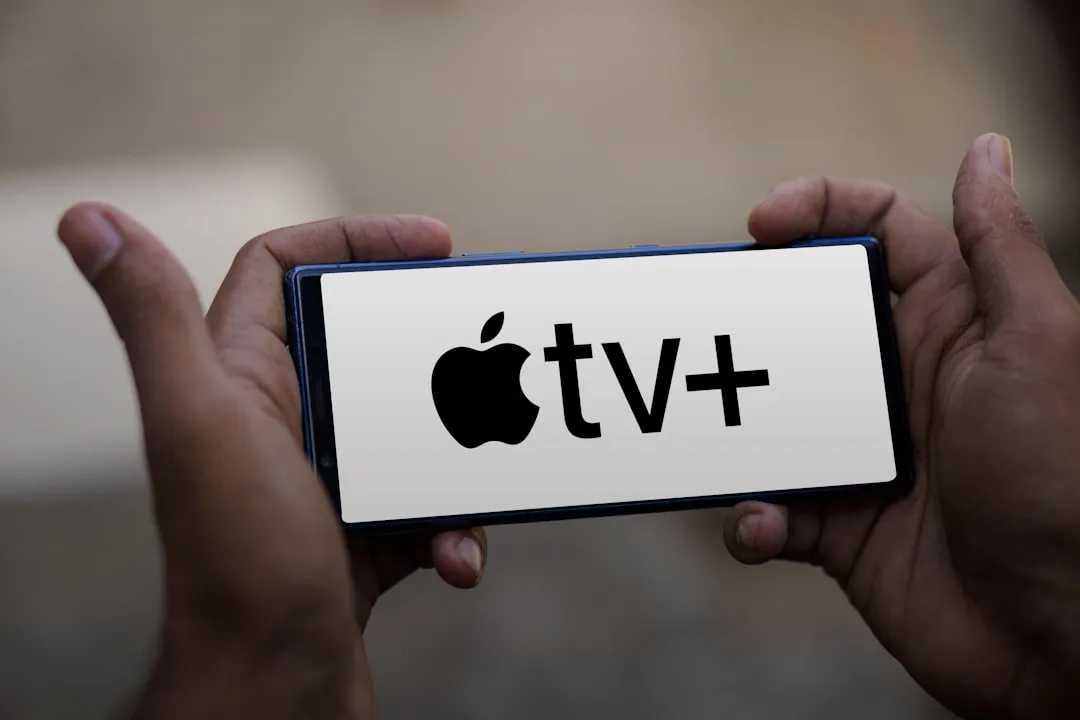


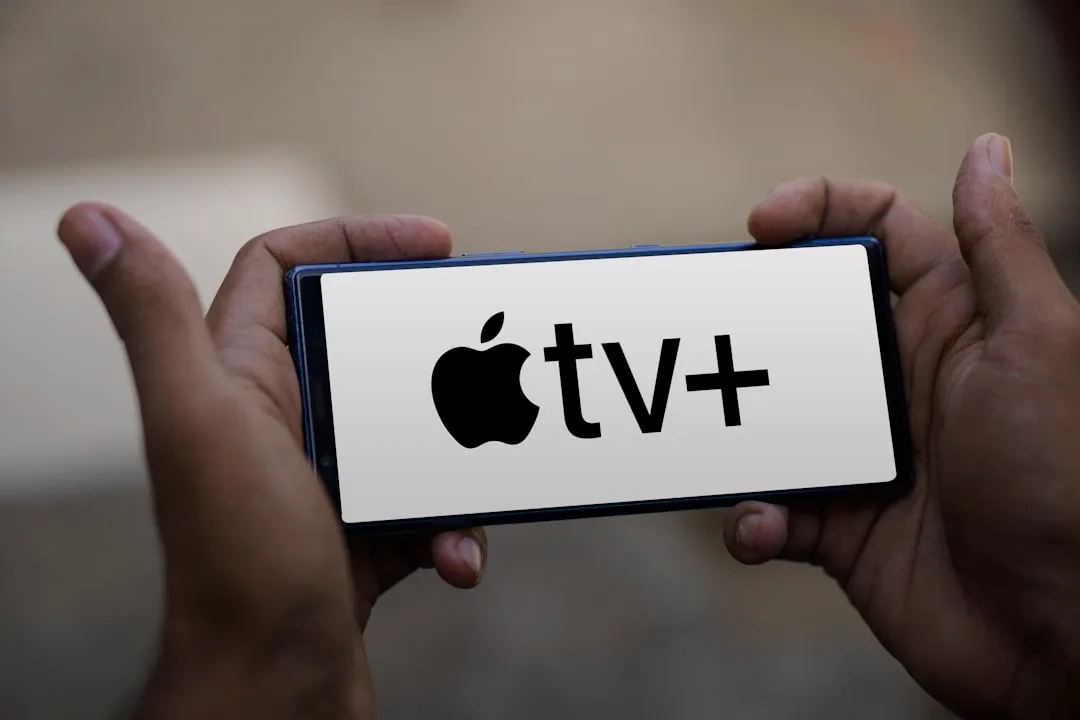




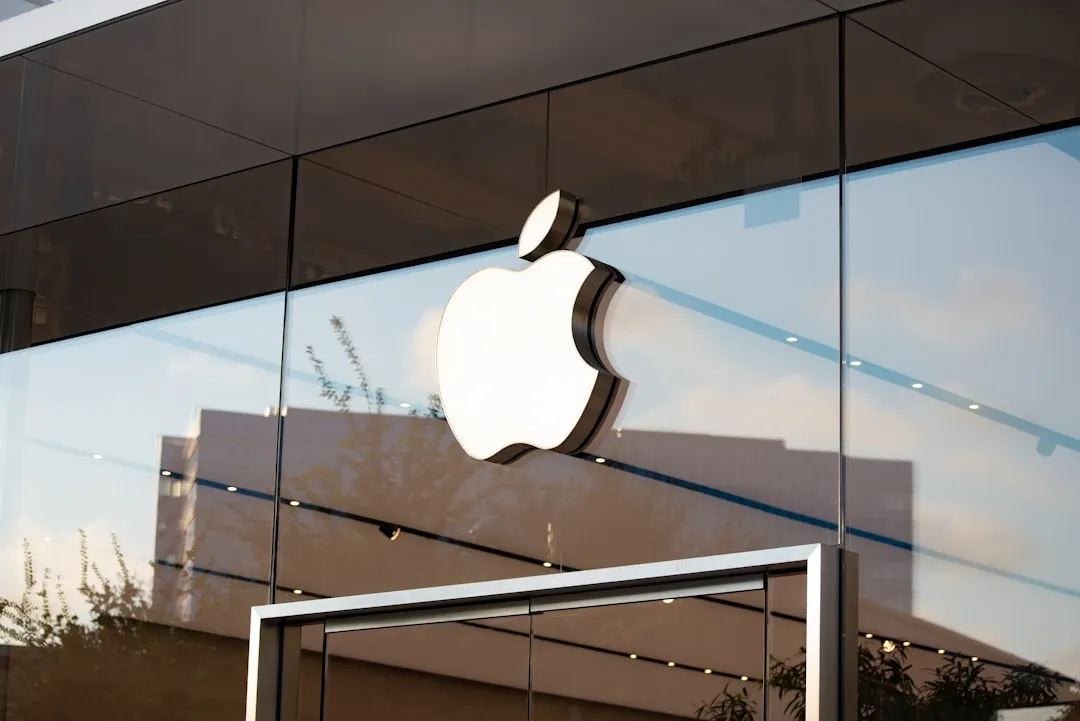



Comments
Be the first, drop a comment!